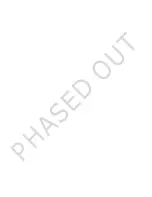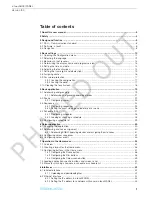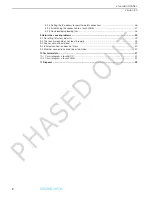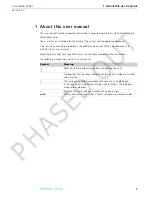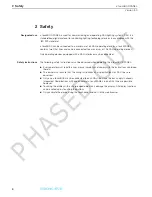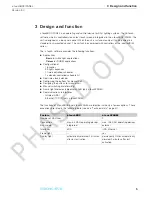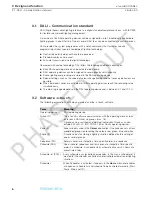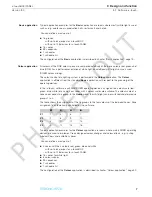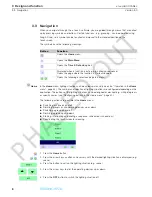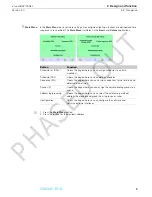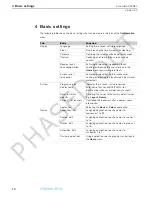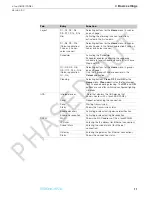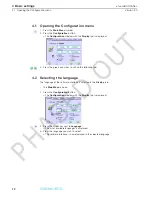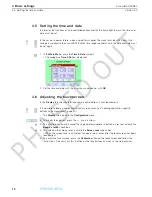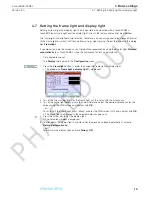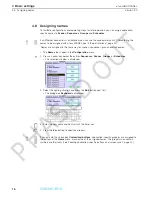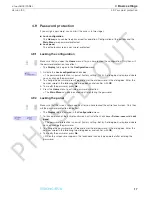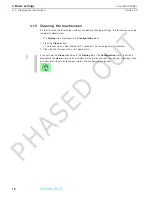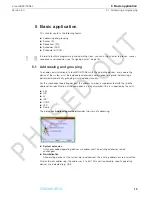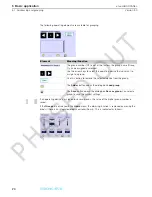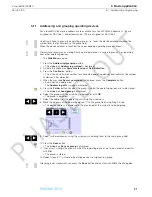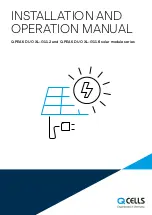
3.1 DALI – Communication standard
Version 3.0
6
3 Design and function
x-touchBOX/PANEL
3.1
DALI – Communication standard
DALI (Digital Adressable Lighting Interface) is a digital standardized protocol in acc. with IEC 929
for flexible, room-based lighting management.
A maximum of 64 DALI operating devices can be assigned to up to 16 individually controllable
lighting groups in one DALI line. One or several DALI lines can be connected via control devices.
DALI provides the system programmer with a set of commands that facilitates specific
programming without special knowledge of lighting technology:
Control line polarity does not have to be observed
Standard cables can be used
Fail-safe transmission due to digital technology
Compared with analog technology, DALI offers the following additional advantages:
Each DALI operating device can be activated individually.
DALI operating devices can be assigned to several groups simultaneously.
Scene lighting and grouping are stored in the DALI operating device.
Special settings such as the speed of colour change (fading) and net recovery behaviour are
possible.
When individual scenes are activated, all DALI operating devices reach their dimming value
simultaneously.
The dimming range depends on the DALI operating device and is between 0.1 and 100 %.
3.2
Software ›x-touch‹
The following explanations will help you understand the ›x-touch‹ software.
Term
Meaning
Operating device
DALI operating device
Group (G)
The ›x-touch‹ software communicates with the operating devices (max.
64 for each DALI line) via groups (max. 16).
A group can be switched and dimmed individually. Groups can also
include EM, HID, LV, INC, CONF, LED or Somfy operating devices.
Zone (Z)
Zones are only used in the
Colour
application. One zone consists of four
predefined groups representing the colours red, green, blue and white.
Scene (S)
A scene serves for storing a lighting situation defined by the setting of
one or several groups.
Sequence (SQ)
Several scenes are stored in a time-specific order in a sequence.
Schedule (SDL)
One or several sequences and/or scenes are stored in a time-specific
order in a schedule. A schedule starts automatically every 24 hours at a
preset time of day.
Schedule list (SDLL)
Every schedule is assigned to one weekday. In this way, a schedule list is
created for the calendar-controlled, uninterruptible automation of lighting
situations.
Scheduler
When Scheduler is activated, it appears in the
Home
menu and enables
a sequence, schedule list and schedule to be controlled manually (Start,
Pause, Stop and Off).
PHASED
OUT


